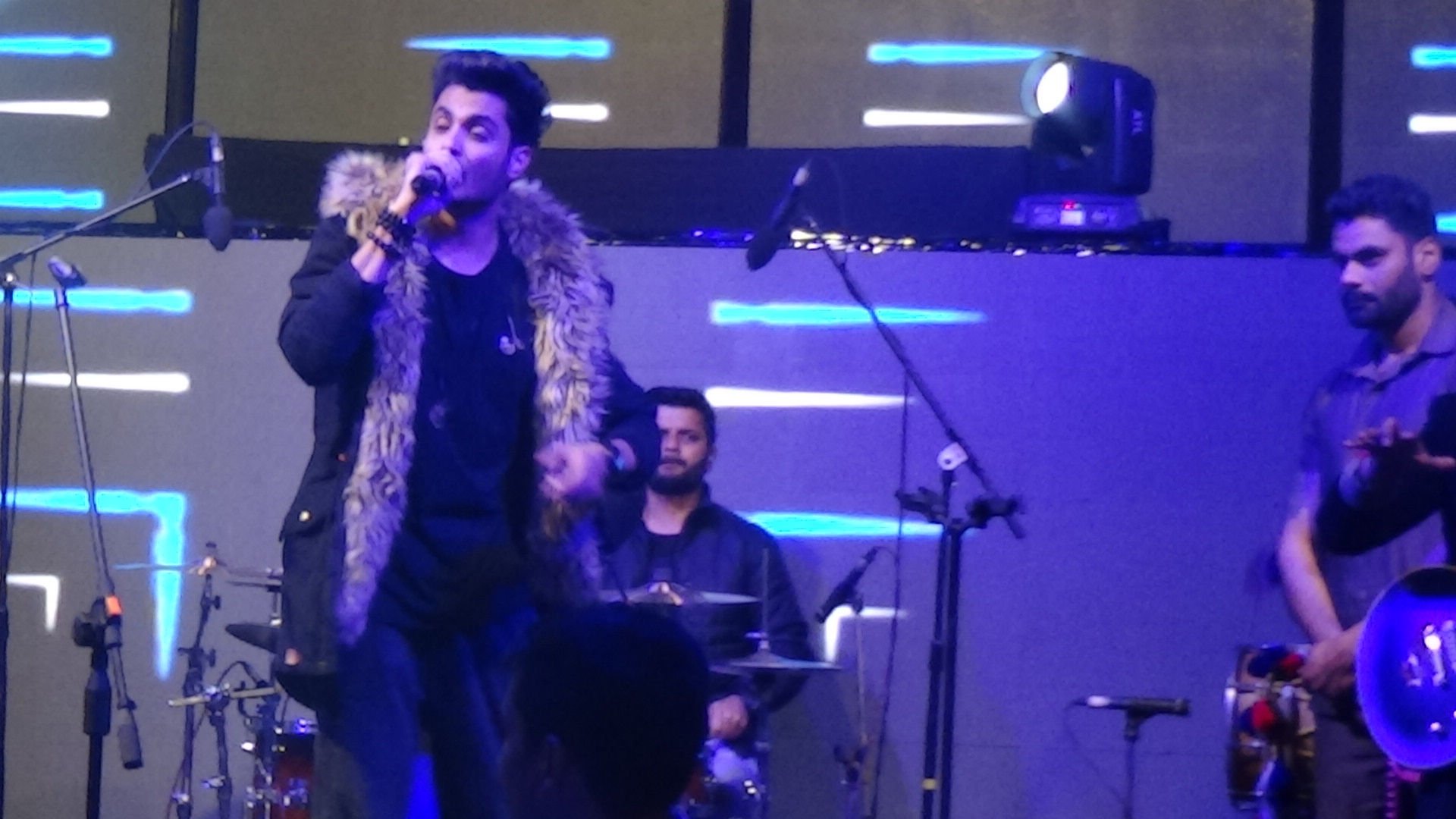\r\n An orchestra is a group of musicians playing instruments together. They make music. A large orchestra is sometimes called a "symphony orchestra" and a small orchestra is called a "chamber orchestra". A symphony orchestra may have about 100 players, while a chamber orchestra may have 30 or 40 players. The number of players will depend on what music they are playing and the size of the place where they are playing. The word "orchestra" originally meant the semi-circular space in front of a stage in a Greek theatre which is where the singers and instruments used to play. Gradually the word came to mean the musicians themselves.
\r\n\r\n
\r\n\r\n The orchestra is directed by a conductor. He/she helps the players to play together, to get the right balance so that everything can be heard clearly, and to encourage the orchestra to play with the same kind of feeling. Some small chamber orchestras may play without a conductor. This was usual until the 19th century when the orchestras got very big and needed a conductor who made decisions and stood in front so that all the players could see him.
\r\n\r\n
\r\n\r\n The instruments of the orchestra are divided into districts: the strings, woodwind, brass and percussion. Each section (group of instruments) will have a player who is the "Boss". The principals will make decisions about seating arrangements, and about technical ways of playing the music: for example the principal of the string sections will make sure all the players move their bows up and down in the same direction. The violins are divided into first and second violins. The first violins usually have the tune while the seconds, most of the time, are part of the accompaniment. The principal of the first violin is the leader (or concertmaster) of the orchestra. In a professional orchestra they will be the most highly paid member of the orchestra.
\r\n\r\n
\r\n




